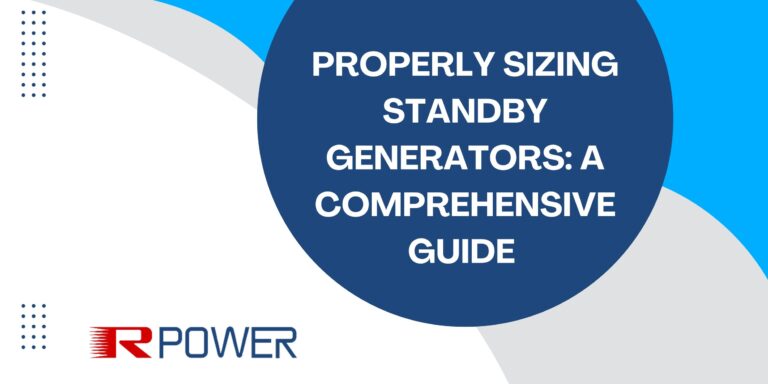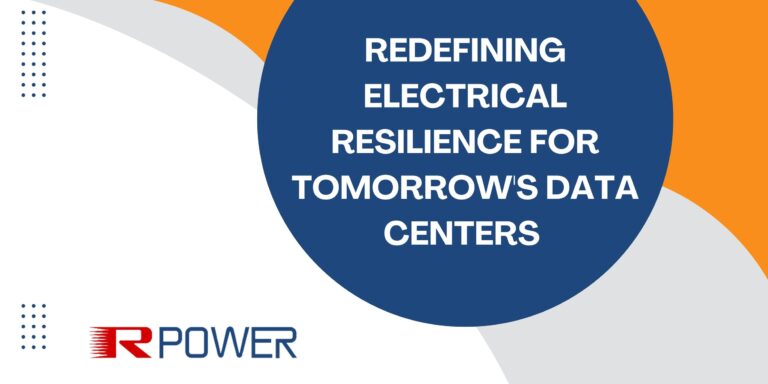Introduction to PJM and Market Mechanisms
The energy landscape in the United States is as diverse as it is dynamic, and one of the significant players in this arena is the PJM Interconnection. As we explore the PJM energy market and its mechanisms, it becomes evident that it operates quite differently from ERCOT, offering its unique set of challenges and opportunities.
PJM Interconnection: A Regional Powerhouse
PJM Interconnection is responsible for operating the largest wholesale electricity market in the United States. Covering parts of 13 states and the District of Columbia in the Eastern United States, PJM plays a pivotal role in ensuring the reliable and efficient operation of the electric grid across a vast multi-state region.
Key Distinctions Between PJM and ERCOT
One of the primary distinctions between PJM and ERCOT is the regional scope and market structure:
Market Structure:
- ERCOT: An energy-only market serving only Texas.
- PJM: An energy market encompassing various market segments, including a day-ahead market, a real-time market, a capacity market, and ancillary services markets. This complex structure enables PJM to operate efficiently within its interconnected grid territory.
Day-Ahead Market:
- In the PJM day-ahead market, generators and load-serving entities submit their supply and demand forecasts for the following day. PJM then conducts a market clearing process to determine day-ahead energy prices and schedules the generation resources accordingly.
Real-Time Market:
- The real-time energy market within PJM serves a critical role in managing deviations from the day-ahead schedule due to unforeseen changes in supply or demand. Generators can participate by offering energy in real-time to meet instantaneous grid needs and balance the system, similar to the real-time program explained in ERCOT previously.
Benefits and Challenges of PJM’s Market Mechanisms
PJM’s comprehensive market structure provides both benefits and challenges for market participants. On one hand, it offers a range of market segments and opportunities for participants to optimize their operations and financial outcomes. On the other hand, navigating these complexities demands a deep understanding of the market dynamics and the ability to adapt swiftly to changing conditions.
As we delve deeper into the world of PJM and its intricate market mechanisms, we’ll explore the various programs and strategies that facilities and energy stakeholders can employ to thrive in this dynamic and expansive energy market. Stay tuned to discover how to make the most of PJM’s energy landscape!
To read the full technical paper, click here.








